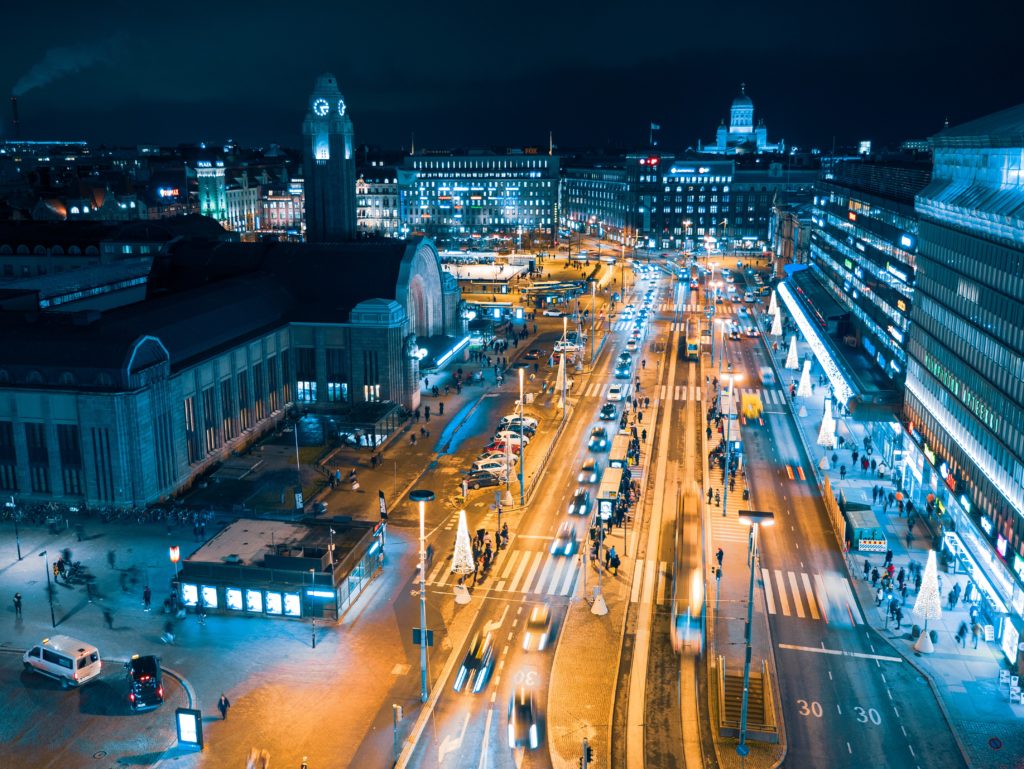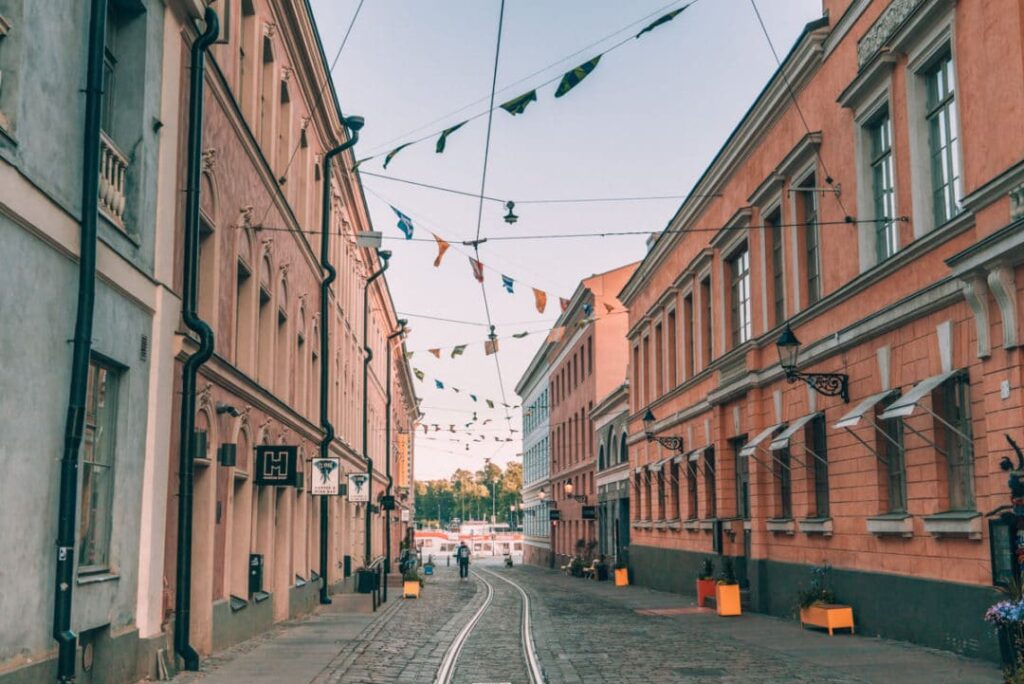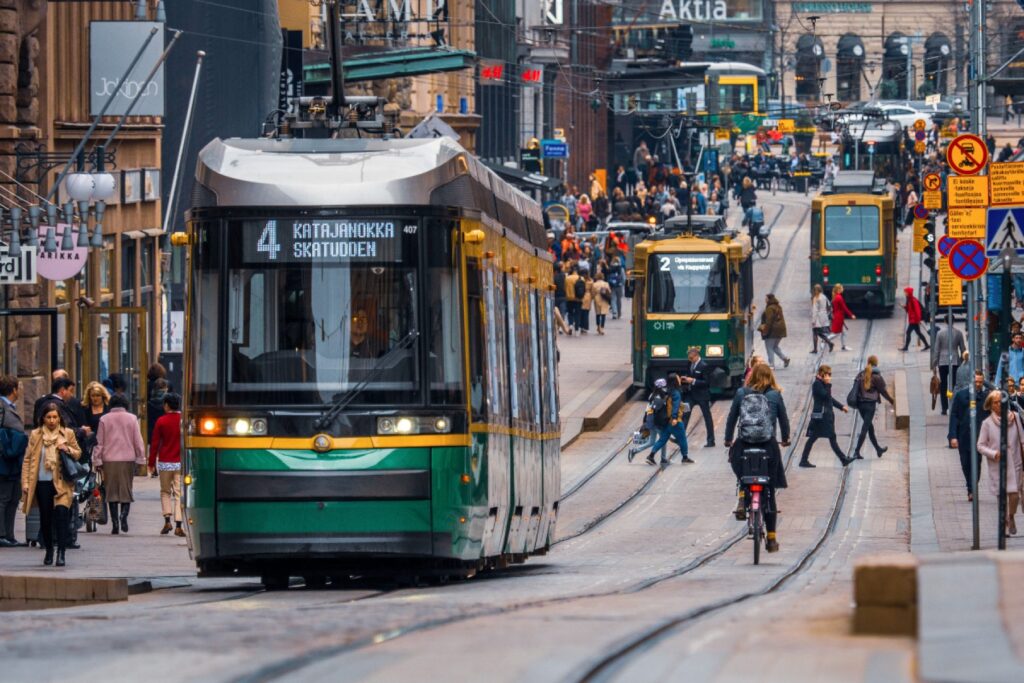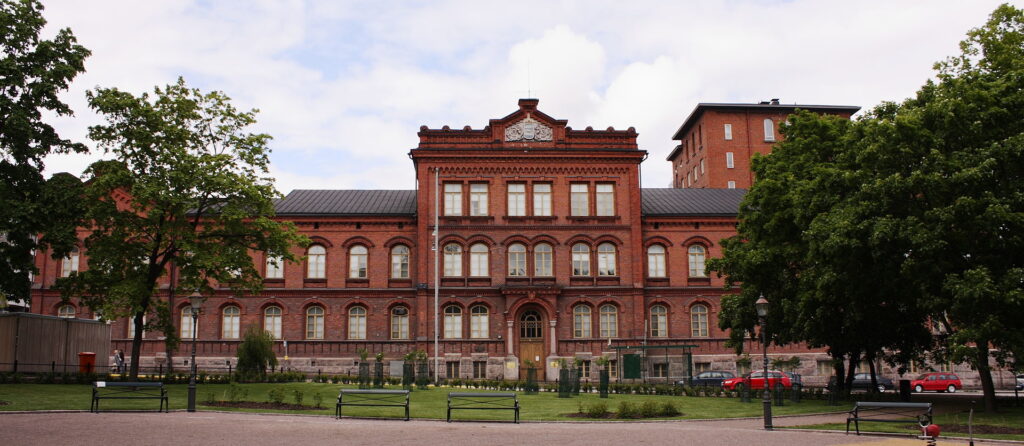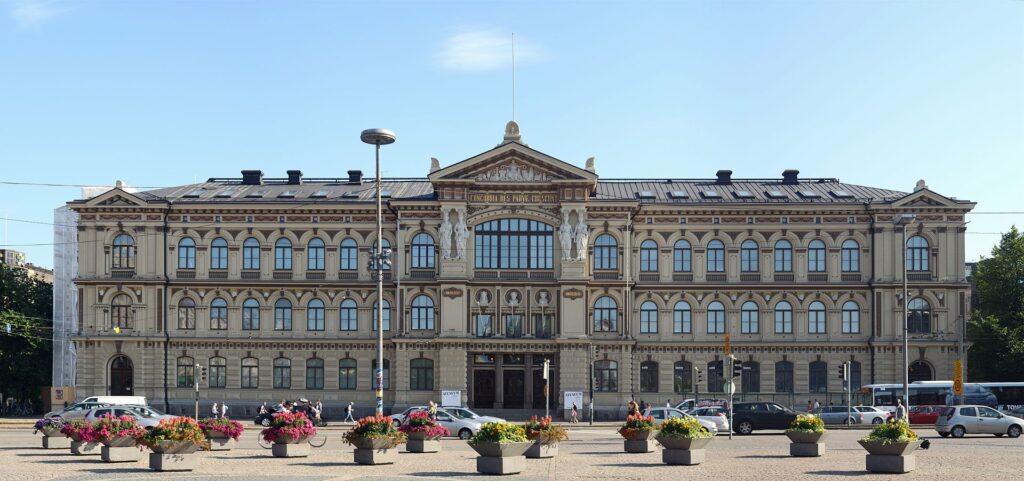Often considered to be Finland’s only metropolis, it is the world’s northernmost metro area with over one million people as well as the northernmost capital of an EU member state.
Helsinki is the capital, primate and most populous city of Finland. Located on the shore of the Gulf of Finland. The city’s urban area has a population of 1,268,296, making it by far the most populous urban area in Finland as well as the country’s most important center for politics, education, finance, culture, and research. Helsinki is located 80 kilometres (50 mi) north of Tallinn, Estonia, 400 km (250 mi) east of Stockholm, Sweden, and 300 km (190 mi) west of Saint Petersburg, Russia. It has close historical ties with these three cities.
Finnish and Swedish are both official languages. The city is served by the international Helsinki Airport, located in the neighboring city of Vantaa, with frequent service to many destinations in Europe and Asia.
Sights
Museums
The biggest historical museum in Helsinki is the National Museum of Finland, which displays a vast historical collection from prehistoric times to the 21st century. The museum building itself, a national romantic-style neomedieval castle, is a tourist attraction. Another major historical museum is the Helsinki City Museum, which introduces visitors to Helsinki’s 500-year history. The University of Helsinki also has many significant museums, including the Helsinki University Museum “Arppeanum” and the Finnish Museum of Natural History.
The Finnish National Gallery consists of three museums: Ateneum Art Museum for classical Finnish art, Sinebrychoff Art Museum for classical European art, and Kiasma Art Museum for modern art, in a building by architect Steven Holl. The old Ateneum, a neo-Renaissance palace from the 19th century, is one of the city’s major historical buildings. All three museum buildings are state-owned through Senate Properties.
The city of Helsinki hosts its own art collection in the Helsinki Art Museum (HAM), primarily located in its Tennispalatsi gallery. Pieces outside of Tennispalatsi include about 200 public art pieces and all art held in property owned by the city.
The Design Museum is devoted to the exhibition of both Finnish and foreign design, including industrial design, fashion, and graphic design. Other museums in Helsinki include the Military Museum of Finland, Didrichsen Art Museum, Amos Rex Art Museum, and the Tram Museum.
Theatres
The Finnish National Theatre (1902), designed by architect Onni Tarjanne. In front of it, the memorial statue of Aleksis Kivi.
Helsinki has three major theatres: The Finnish National Theatre, the Helsinki City Theatre, and the Swedish Theatre (Svenska Teatern). Other notable theatres in the city include the Alexander Theatre, Q-teatteri, Savoy Theatre, KOM-theatre, and Teatteri Jurkka.
Statues and sculptures
Well-known statues and monuments strongly embedded in the cityscape of Helsinki include the statue of Russian Emperor Alexander II (1894), the fountain sculpture Havis Amanda (1908), the Runner Statue of Paavo Nurmi (1925), the Three Smiths Statue (1932), the Aleksis Kivi Memorial (1939), the Equestrian statue of Marshal Mannerheim (1960) and the Sibelius Monument (1967).
Education
Main building of the University of Helsinki as seen from the Senate Square.Haaga-Helia University of Applied Sciences is the largest business polytechnic in Finland.
Helsinki has 190 comprehensive schools, 41 upper secondary schools, and 15 vocational institutes. Half of the 41 upper secondary schools are private or state-owned, the other half municipal. There are two major research universities in Helsinki, the University of Helsinki and Aalto University, and a number of other higher level institutions and polytechnics which focus on higher-level professional education.
Research universities
- University of Helsinki
- Aalto University (Espoo)
Other institutions of higher education
- Hanken School of Economics
- University of the Arts Helsinki
- National Defence University
- Haaga-Helia University of Applied Sciences
- Laurea University of Applied Sciences
- Helsinki Metropolia University of Applied Sciences
- Arcada University of Applied Sciences
- Diaconia University of Applied Sciences
- HUMAK University of Applied Sciences
Helsinki is one of the co-location centres of the Knowledge and Innovation Community (Future information and communication society) of The European Institute of Innovation and Technology (EIT).
Economy
Greater Helsinki generates approximately one third of Finland’s GDP. GDP per capita is roughly 1.3 times the national average. Helsinki profits on serviced-related IT and public sectors. Having moved from heavy industrial works, shipping companies also employ a substantial number of people.
The metropolitan area’s gross value added per capita is 200% of the mean of 27 European metropolitan areas, equalling those of Stockholm and Paris. The gross value added annual growth has been around 4%.
83 of the 100 largest Finnish companies have their headquarters in Greater Helsinki. Two-thirds of the 200 highest-paid Finnish executives live in Greater Helsinki and 42% in Helsinki. The average income of the top 50 earners was 1.65 million euro.
The tap water is of excellent quality and it is supplied by 120 km (75 mi) long Päijänne Water Tunnel, one of the world’s longest continuous rock tunnels.





